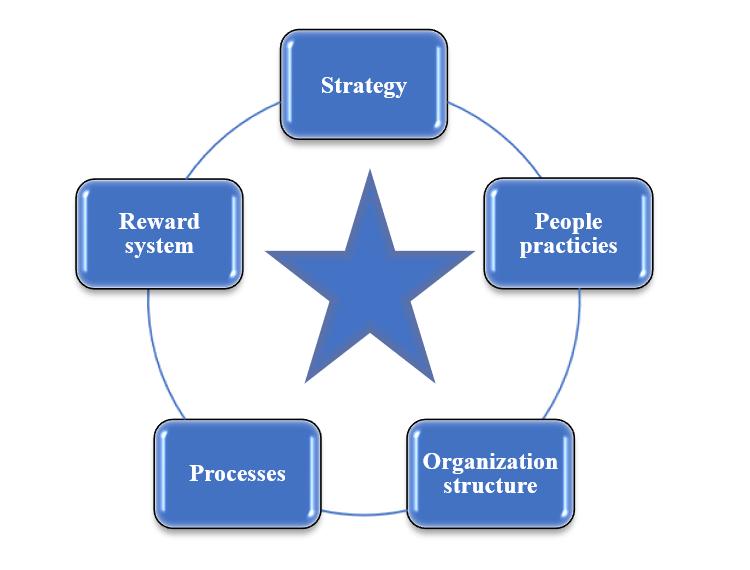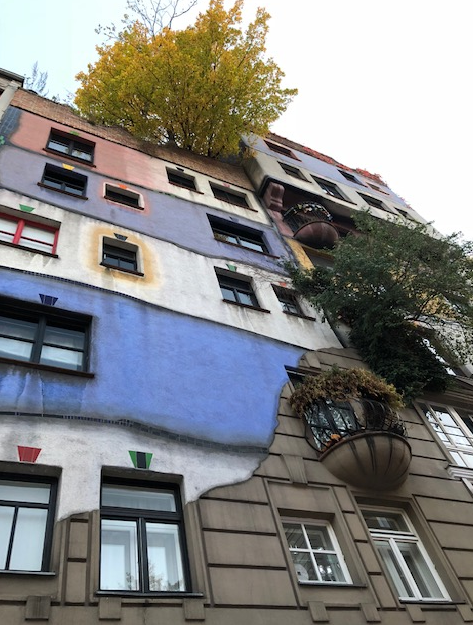Organisational Design Methodology
All types of organisational design influence not only business life but also social and economic life. It may seem that the theory of organisational design has already been established and that leaders can simply follow developments in the field. However, there are complications in both academic and practical areas that should form part of future research. For example, how do design parameters differ in temporary and permanent organisations? How do leaders’ choices impact the functioning of permanent and temporary organisations?
Time
Time-sensitive efforts play an important role when differentiating between temporary and permanent organisations. Temporary organisations are characterised by the stages of a finite life cycle: initiation, milestones and termination. A typical example of temporary organisations is the project, since contemporary organisations depend on projects. For example, business transformations, process reengineering, change management, mergers and acquisitions, divestments and digital transformations are often organised as projects. In many industries, temporary -- project organisation -- is the usual method of doing business. As Donk and Molloy (2008) observe, “organisational design theory offers a rich theoretical resource for studying projects and project management practices”.
Internal and external environmental factors are equally important for both temporary organisation and for permanent ones. These factors include hierarchy and authority, distribution of power and stakeholder management. Indeed, the time frame is an important factor to understand a temporary organisation’s life cycle, both its successes and failures. However, time is not always the defining factor for organisational design. In many cases, business and management processes, organization structure, people management and reward system requirements override the time parameter. Nevertheless, time continues to define specific choices with respect to organizational design parameters.
The Star Model
For the purpose of this article we can use the Star Model (Galbraith, 2002) as a framework to explore organisational design phenomenon in both permanent and temporary organisations. According to Galbraith (2002) “there are three major drivers for the organizational design: the diversity and variety of business and operational units; the degree of independence among these units; and dynamics of changes associated with tasks and objectives”. The figure below represents five key design parameters: strategy, people, structure, processes and reward system. This summative model should be used by practitioners as a framework.
Figure 1.
The Star Model
Strategy
For any organisation strategy determines the direction in which company is going to develop. Thus, strategy is an absolutely vital design parameter. Making strategic choices guides decisions about structure, rewards, processes, and people practises. Different strategies drive different organisational design. Indeed, strategies and priorities are the starting points for organisational designs. A temporary organisation is usually created when a task needs to be accomplished. This is parallel to a permanent organisation’s devotion to goals and strategic objectives. However, the task itself is more important to participants in temporary organisations than it is to employees in permanent ones.
Today, many permanent organisations are also project-based or project-oriented ones. Because of this, project and corporate strategy are closely connected. The role of project management has become implementing corporate strategy and translating corporate strategy into programmes and projects. Temporary organisations, however, need to review strategies more frequently than permanent organizations. In fact, experts recommend that temporary organizations work continually toward their next advantage, amending strategy rather than sustaining the current one. If plans are made for a longer time, regular reviews of business strategy are important. But temporary organisations without such reviews should have extremely short time horizons.
People
Any temporary or permanent organisation needs to be designed by and around people. The people dimension of organisational design focuses on choosing the skill sets and mind sets that align with the company’s strategy. Employees in temporary organizations always form around the task. Thus, temporary organisations are much more dependent on the commitment and ability of individuals for their creation, development and termination. By contrast, permanent organisations may be formed from any group of people. This is because permanent organisations are more interested in people who fit their culture -- it is easier to fix a job-skills gap than a person-culture mismatch.
Structure
All organizations depend on structure, the pillar that helps both permanent and temporary organisations succeed. The reason is evident: for large numbers of people to act in an organised way, it is necessary to create a division of labour. As Aubry, Hobbs and Thuillier (2007) note, “structures are changing as strategy does and the important thing is that they are linked together in a dynamic strategizing/structuring process”. Structure organises the distribution of power and authority across a hierarchy, for people perform much more effectively when structure itself supports their work. Thus, understanding the structure of an organisation helps managers predict the distribution of resources accurately and allows for better planning.
Temporary organisational structures almost always assume a causal connection between the project task and the organisation outcomes. The uncertainty of tasks in temporary organisations strongly predicts the work-unit structure and process; as such, they can be strongly correlated with all the structure and process variables. The greater the task uncertainty, the more complex the structure must be. Therefore, the structure that was designed for regular operations in a permanent organisation cannot deliver project results in a turbulent context.
Process
Processes, the ways in which work gets done in all organisations, are important parameters of design. The major focus of permanent organisational design is on production rather than transition. Processes in permanent organisations coordinate and direct multiple interrelated projects; together, these constitute a permanent organisation’s strategy. When transition or transformation becomes necessary, temporary organisations are often created to achieve these goals. Unlike regular organisational processes, business processes in temporary organisations focus on interpersonal relations: 1) how teams can be help to build commitment 2) how scarce resources should be allocated.
Reward system
A thorough understanding of incentives is crucial for organisational design. Permanent organisations use a mixture of reward practises: compensation, promotion, recognition and job challenge. All are intended to provide long-term motivations for employees. Temporary organisations, on the other hand, focus more on short-term performance than long-term motivation. Unlike permanent organisations, temporary organisations link recognition systems to a project’s performance, in terms of time, cost and quality. The more complex a temporary organisation becomes, the more the reward system is based on the parameters of permanent organisations. Overall, in deciding how to design temporary organisations, project managers should 1) identify important success criteria 2) define success factors that help them deliver those criteria, and then 3) choose reward tools and techniques associated with those factors.
Our initial questions were these: How do design parameters differ in temporary and permanent organisations? How do leaders’ choices impact the functioning of permanent and temporary organisations? The main findings from the discussion concern what Maylor et al. (2006) define as temporality, time-bound efforts, uniqueness of the task and the degree of predetermined dimensions. When the tasks of temporary organisations stretch over many years, temporary and permanent organisations resemble each other in many ways. The finite life cycle does not distinguish a design of temporary organisations from the design of permanent ones.
Even short-term projects need proper design. However, structures designed for the regular operations of permanent organisations cannot deliver project results in a turbulent, unique, or novel context. This also is true from the perspective of information and decision processes. Furthermore, the temporary nature characteristics of assignments demands expertise beyond the temporary organisation’s scope. Permanent organizations, by contrast, are more interested in people who fit their culture. And finally, the incentives in temporary organisations should focus on short-term performance measures, whereas the permanent organisation reward system requires multiple incentives.
References
Aubry M, Hobbs B, Thuillier D. A new framework for understanding organization project management through the PMO. International Journal of Project Management 2007; 25: 328-336.
Donk P, Molloy E. From organising as projects to projects as organizations. International Journal of Project Management 2008; 26: 129-137.
Galbraith, J.R. Designing Organizations: Strategy, Structure, and the Process at the Business Unit and Enterprise Levels (San Francisco, CA: Jossey Bass, 2002).
Maylor H, Brady T, Cooke-Davies T, Hodgson D. From projectification to programmification. International Journal of Project Management 2006; 24: 663 – 674.
Molloy E, Chetty T. 2015. The Rocky to Legacy: Lessons from the 2010 FIFA Cup South Africa Stadium Program. Project Management Journal 2015; 46 (3): 88-107.






